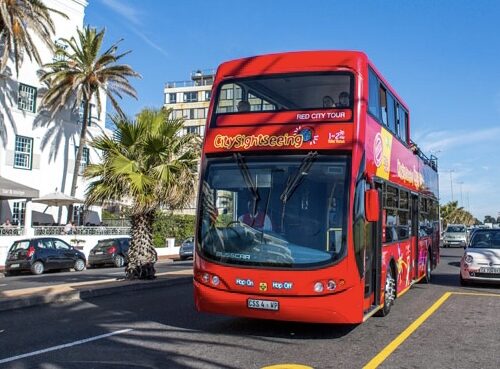
The V&A Waterfront, already one of Africa’s crown jewels of tourism, is setting its sights on an ambitious R20 billion (US$1.1 billion) development that will transform the Granger Bay area over the next two decades. If approved, this massive expansion could create tens of thousands of jobs, unlock new tourism opportunities, and reshape the way Capetonians and visitors experience the Atlantic coastline.
A New Era For Cape Town’s Waterfront
For decades, the V&A Waterfront has been South Africa’s most visited attraction, drawing both locals and international visitors to its restaurants, shops, and harbor views. Now, the proposed Granger Bay expansion aims to take that legacy further by linking the property directly with the ocean and creating a mixed-use hub of residential, leisure, and tourism spaces.
Plans include reclaiming 3.2 hectares of land from Table Bay to make way for extended promenades, hotels, and a new “coastal sea park” featuring tidal pools, a swimming area, walkways, and sheltered water for kayaking and boating. Public space is at the heart of the design, with landscaped areas and open quaysides expected to enhance the city’s walkability and waterfront culture.
Economic Boost And Job Creation
According to the draft environmental scoping report, prepared by Infinity Environmental, the Granger Bay development is expected to contribute over R1.1 billion to Cape Town’s GDP every year once operational. More than 26 000 jobs could be created during construction, with a further 5 000 permanent positions once the project is up and running.
For Cape Town, a city heavily reliant on its hospitality and tourism economy, this represents a long-term investment not just in infrastructure but in livelihoods. Local businesses in retail, food, and leisure are likely to benefit from increased visitor numbers and longer stays.
Heritage And Environmental Questions
Of course, a project of this scale does not come without concerns. The scoping report acknowledges potential impacts on marine ecosystems, including kelp forests and sensitive species, as well as heritage resources dating back to pre-1600s. Reclamation will require the creation of new breakwaters, altering wave heights and currents in parts of the bay.
While the report concludes that ecological risks are “insignificant to very low negative” with mitigation, community feedback remains an important part of the environmental approval process. Public comments on the draft report close on September 1, giving Capetonians a chance to voice support or raise concerns.
Social Reaction And Local Context
News of the billion-dollar vision has already sparked lively debate on social media. Some Capetonians see the project as a sign of progress, with comments like “Cape Town needs this to stay globally competitive” trending on X. Others, however, worry about the environmental cost and whether the Waterfront’s expansion will primarily benefit tourists rather than residents.
Cape Town has a history of large-scale waterfront transformations, from the early 1990s revitalisation of the docks into today’s bustling V&A hub. This latest proposal echoes that legacy while tapping into the global trend of cities reinventing their waterfronts as lifestyle and cultural destinations.
A Vision That Could Define The Next 20 Years
If greenlit, the Granger Bay expansion will unfold in phases over the next 15 to 20 years, gradually reshaping Cape Town’s coastline. For residents, it could mean more accessible public spaces and job opportunities. For visitors, it promises a fresh layer of attractions that go beyond shopping and dining, cementing the V&A Waterfront as one of the world’s leading tourism nodes.
The question now is whether Cape Town’s newest megaproject can strike the right balance between economic growth, environmental responsibility, and cultural heritage.
Source: Tourism Update
Featured Image Source: AfriStats Polls on X



